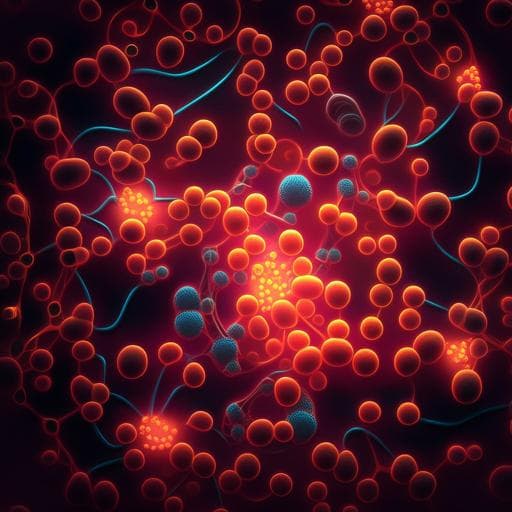
Medicine and Health
Insights in the regulation of trimetylamine N-oxide production using a comparative biomimetic approach suggest a metabolic switch in hibernating bears
T. Ebert, J. Painer, et al.
This research explores the intriguing role of gut metabolites like betaine, choline, and TMAO in chronic kidney disease and cardiometabolic disorders. Notable findings include the unique metabolic adaptations of free-ranging brown bears during hibernation, suggesting novel insights for treating lifestyle diseases. This study was conducted by Thomas Ebert, Johanna Painer, Peter Bergman, Abdul Rashid Qureshi, Sylvain Giroud, Gabrielle Stalder, Karolina Kublickiene, Frank Göritz, Sebastian Vetter, Claudia Bieber, Ole Fröbert, Jon M. Arnemo, Andreas Zedrosser, Irene Redtenbacher, Paul G. Shiels, Richard J. Johnson, and Peter Stenvinkel.
Related Publications
Explore these studies to deepen your understanding of the subject.







